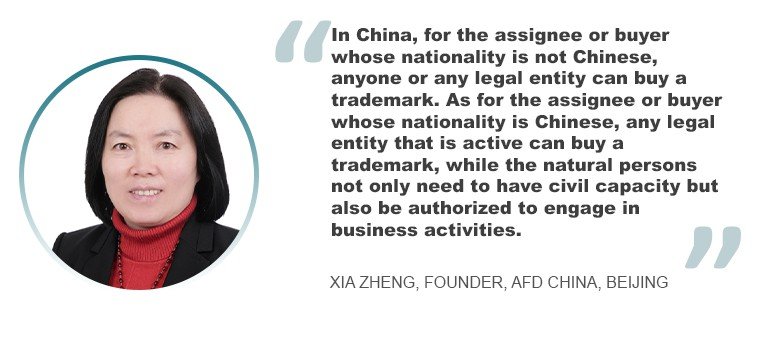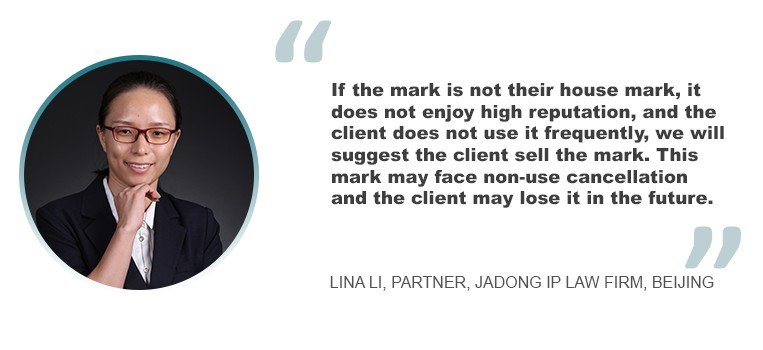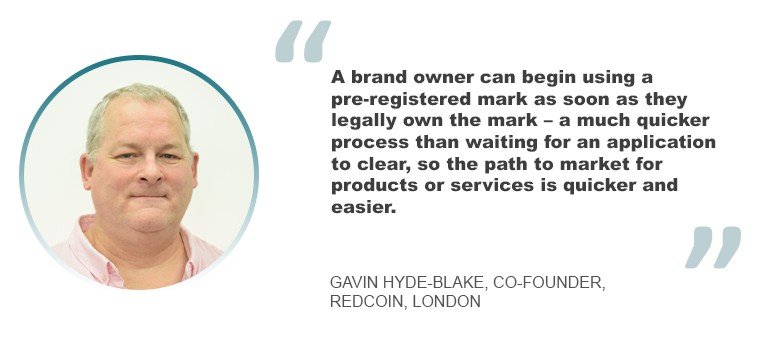“In China, as for the assignee or buyer whose nationality is not Chinese, anyone or any legal entity can buy a trademark. As for the assignee or buyer whose nationality is Chinese, any legal entity that is active can buy a trademark, while the natural persons not only need to have civil capacity but also be authorized to engage in business activities in accordance with the law. The assignee’s ID card and business activities certificate would be verified,” said Xia Zheng, founder of AFD China in Beijing.
For example, if the assignee is an individual industrial and commercial household, they can use either the trade name indicated on their Individual Industrial and Commercial Household Business License or the operator’s name as the name of the assignee. “When recording the trademark assignment before the CNIPA, the copies of the assignee’s ID card and Individual Industrial and Commercial Household Business License should be submitted,” Zheng added.
Steps involved in selling and purchasing marks
The process of selling and purchasing marks process typically involves due diligence. “Both the buyer and seller should conduct thorough due diligence to assess the trademark’s value, legal status and potential risks. It is important to bear in mind that trademarks are territorial in nature,” said Ren Jun Lim, a principal at Baker McKenzie Wong & Leow in Singapore.
Selling and buying also involves negotiation, with the parties negotiating the terms of the trademark sale. These include the purchase price, payment structure and any conditions or restrictions.
A legally binding assignment agreement is also put in place. The terms of the sale set out in the agreement include the transfer of trademark rights.
Filing with the relevant IP offices is, of course, also an important step in the process of trademark selling and buying. “The assignment of a trademark may need to be updated in the respective countries’ registers to reflect the change of ownership,” Lim said.
Several online marketplaces facilitate the purchase of trademarks on a global scale. One of these is RedCoin. Based in the United Kingdom, RedCoin has been engaged in the acquisition of trademarks since the late 1990s.
“We use built-in trademark data APIs to do the work of providing the necessary formal information, so when a seller enters the registration number and the associated country, the system auto-populates the platform with all the official data. All the seller has to do is enter the price, whether they will negotiate on that price and any other information they think may be useful. They can add connected domain names to the listing too,” said Gavin Hyde-Blake, the London-based co-founder of RedCoin.
“For buyers, it is even more straightforward. There is a search page for people to search by term, class and territory – and if there are some marks they want to keep an eye on, there is a watchlist facility to bookmark interesting listings. Buyers get to deal directly with the seller through a messaging system, negotiating the price with them and being able to send and receive contract agreements and assignment documents,” Hyde-Blake added.
Would our interviewees recommend a client sell a trademark?
According to Rahul Bajaj, an attorney at Ira Law in New Delhi, there is no blanket answer to this question.












